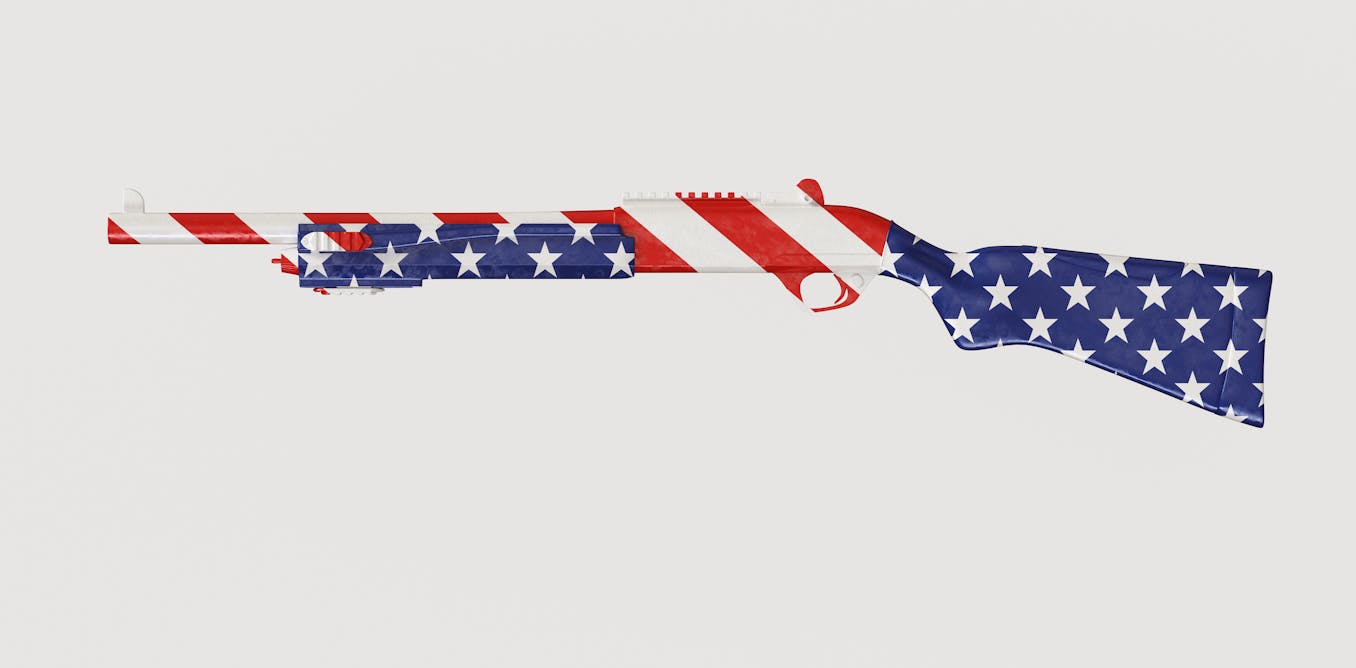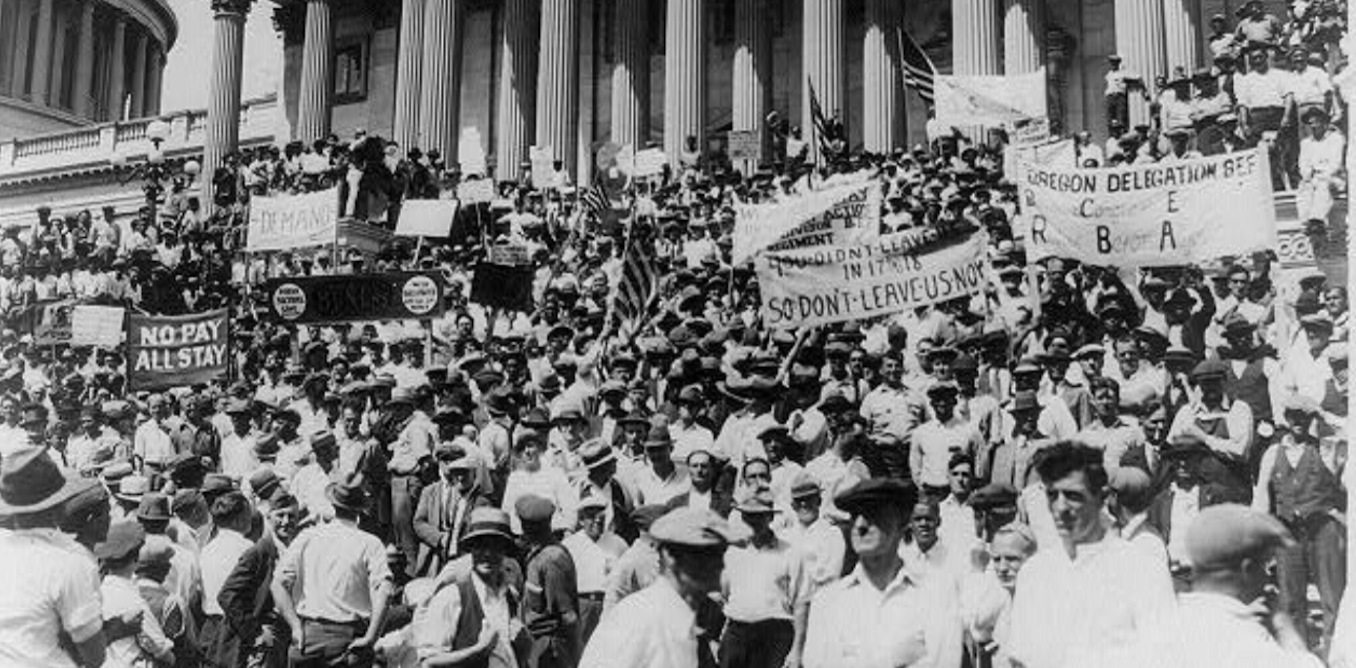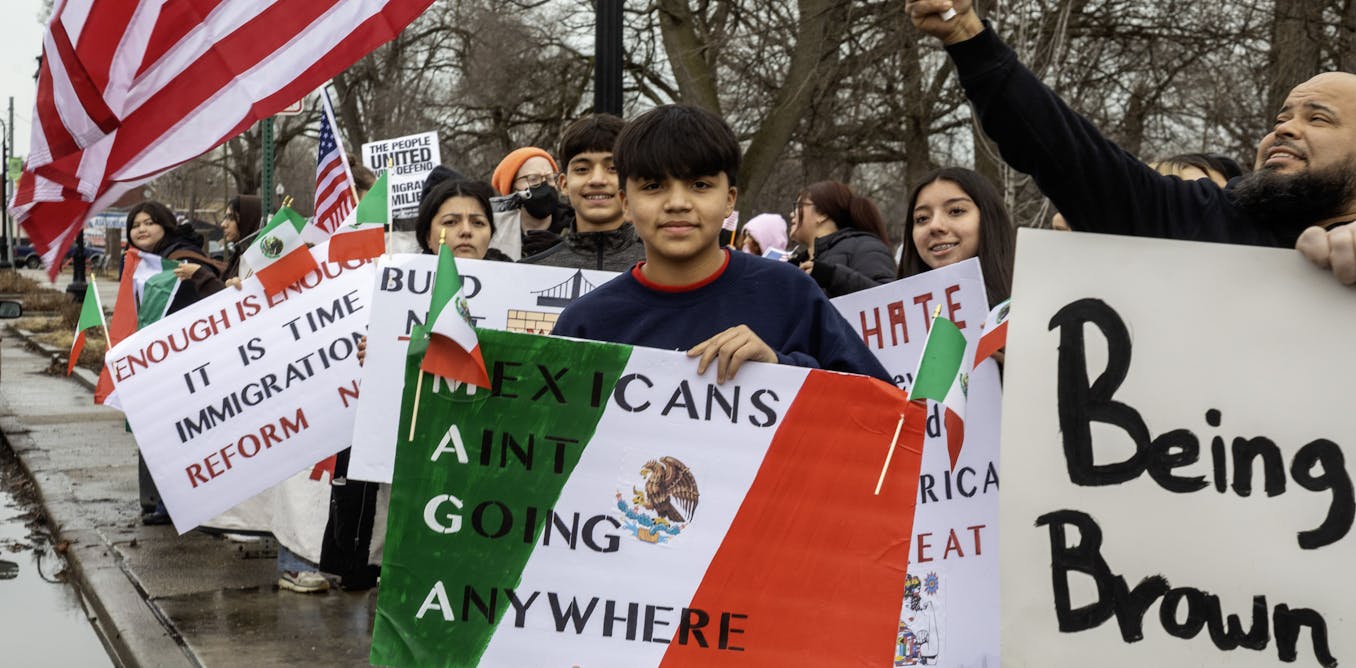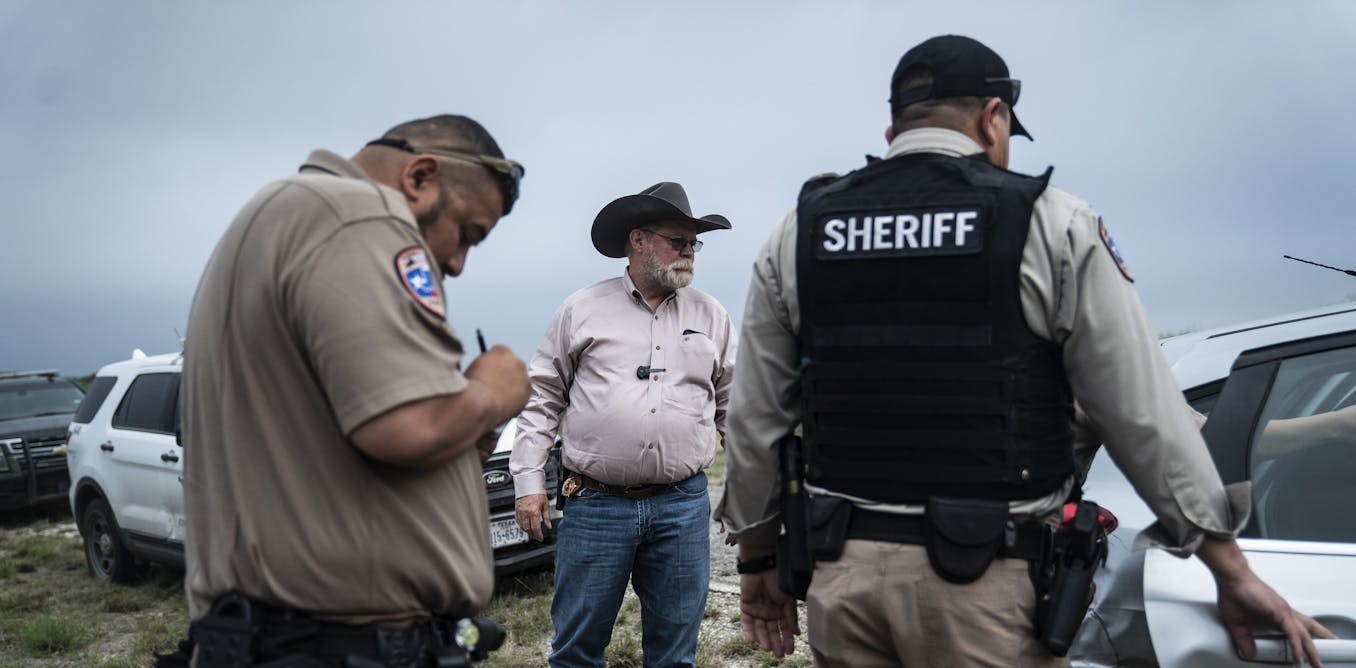An Asian American and lifelong liberal from the San Francisco Bay Area, I became a first-time gun owner as a 42-year-old in 2011. I began a now 14-year journey into an unfamiliar and complex world of firearms. In my work, I draw on both my personal experiences and sociological observations to understand the long-standing presence of a robust legal gun culture in America.
In contrast to the dominant scholarly approaches, which focus on gun deviance and harm, I find there is more to firearms than criminal violence, injury and death; more to gun owners than straight white men; and more to gun culture than democracy-destroying right-wing politics.
Let me share five observations essential to understanding guns in America:
1. Guns are normal
About 86 million American adults – 1 in 3 – own at least one of the estimated 400 million firearms in the U.S. today.
Imagine if everyone who uses TikTok in the U.S. owned a gun – and then add the population of New York City. That is enough gun owners to fill over 1,000 NFL stadiums.
Humans have used projectile weapons like rocks and spears from the beginning. This unbroken history continues in every society, with firearms as the weapon of choice in all but the most isolated communities. People who could legally own guns in colonial America commonly did so. Even today, civilian firearms ownership remains exceptionally high in the U.S. compared with other industrialized nations.
The right of everyday Americans to own guns is a deep part of American culture, enshrined in the U.S. Constitution and many state constitutions.
2. Gun culture 2.0
The culture of guns in the U.S. has evolved over time.
Before the mid-1800s, people primarily used firearms for practical purposes: hunting for food, defense from and offense against indigenous populations, controlling enslaved people, expanding territory and fighting against oppressive rulers.
AP Photo/Jeff Roberson
Starting in the mid-1800s, Americans developed a more complex gun culture that included recreational hunting, organized target shooting and gun collecting. These elements continue today, but, in a shift, Americans increasingly own guns for self-defense.
Evidence for the evolution to what I call “Gun Culture 2.0” appears in three key areas: surveys about why people own guns, the loosening of gun-carrying laws beginning in the 1980s, and changes in both the types of firearms sold and how companies market them, especially toward small, concealable pistols.
3. Gun ownership is diverse
Black Americans have a particularly strong tradition of gun ownership dating at least to the 19th-century abolitionist movement.
Today, 1 in 4 Black Americans, as well as 1 in 5 Latinos and 1 in 4 women, personally own a gun. Twenty percent of gun owners consider themselves politically liberal. For every four evangelical Protestants who own handguns, three people who don’t identify with any religion own them too. Scholars are even beginning to discover the importance of LGBTQ+ gun owners.
Gun Culture 2.0 is more diverse and inclusive than the United States’ historical gun culture because security is a universal human concern.
The response to feelings of insecurity varies. Portfolios of protective measures in the U.S. include home security systems, dogs, the hyperlocal social networking service Nextdoor, gated communities and firearms.
4. Guns are lethal tools
Many tools like knives and chainsaws are lethal, meaning they have the capacity to cause death. Guns differ because their lethality is by design. Consequently, guns can make dangerous situations more deadly.
Despite their ubiquity and deadly potential, accidental firearm deaths are relatively rare and declining in the U.S., numbering fewer than 500 annually in recent years. Most gun deaths are intentional, with suicides accounting for 58% and homicides for 38% of 46,728 gun deaths in 2023.
While the U.S. has a moderate overall suicide rate compared with other developed countries, it has a firearm suicide rate that substantially exceeds these other nations. This is because firearms are widely available and highly lethal. When people attempt suicide using guns, they die in up to 90% of cases.
Similarly, although the U.S. is not exceedingly violent or criminal compared with peer nations, its criminal violence is more deadly because these lethal tools are more frequently involved.
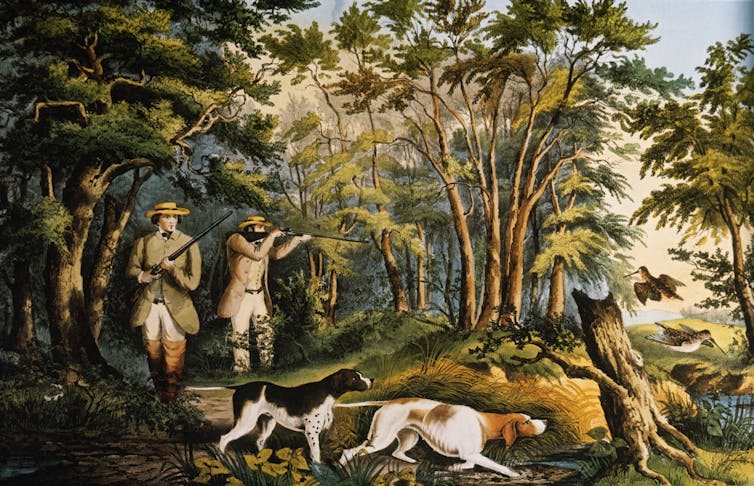
Universal History Archive/Getty Images
5. Guns are paradoxical
Despite high rates of firearm suicide and homicide, most guns in the U.S. will not kill anyone, and most American gun owners will not commit violence against themselves or others. My calculations, based on the 2023 Centers for Disease Control and Prevention data, indicate that just one gun death occurred per 8,560 firearms and 1,840 gun owners – meaning at least 99.99% of guns and 99.95% of gun owners were not directly involved in fatalities that year.
These observations collectively point to a final insight: Guns resist simple categorization and embody multiple paradoxes.
To different people, they are fun and frightening, dangerous and protective, diffuse and concentrated, unifying and divisive, attractive and repulsive, interesting and controversial, useful and useless, good and bad, and neither good nor bad.
This is to say, guns are not inherently anything. They take on different meanings according to the various purposes to which people put them.
A realistic view requires maintaining a clear-eyed understanding of the lethal capabilities of firearms. But the tendency to focus exclusively on firearms-related harms, while understandable, becomes a problem, in my view, when it fails to acknowledge the normality of guns and the diversity of gun owners.

